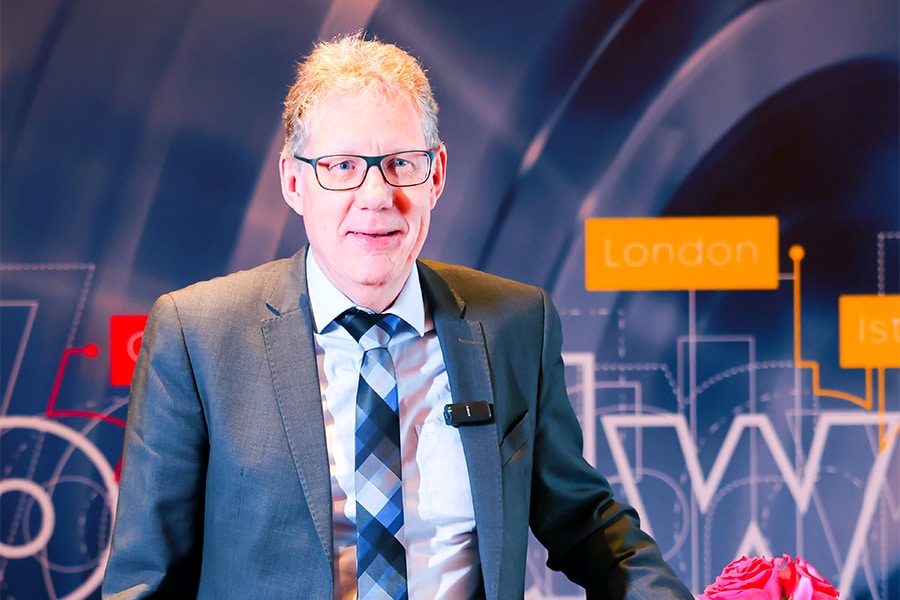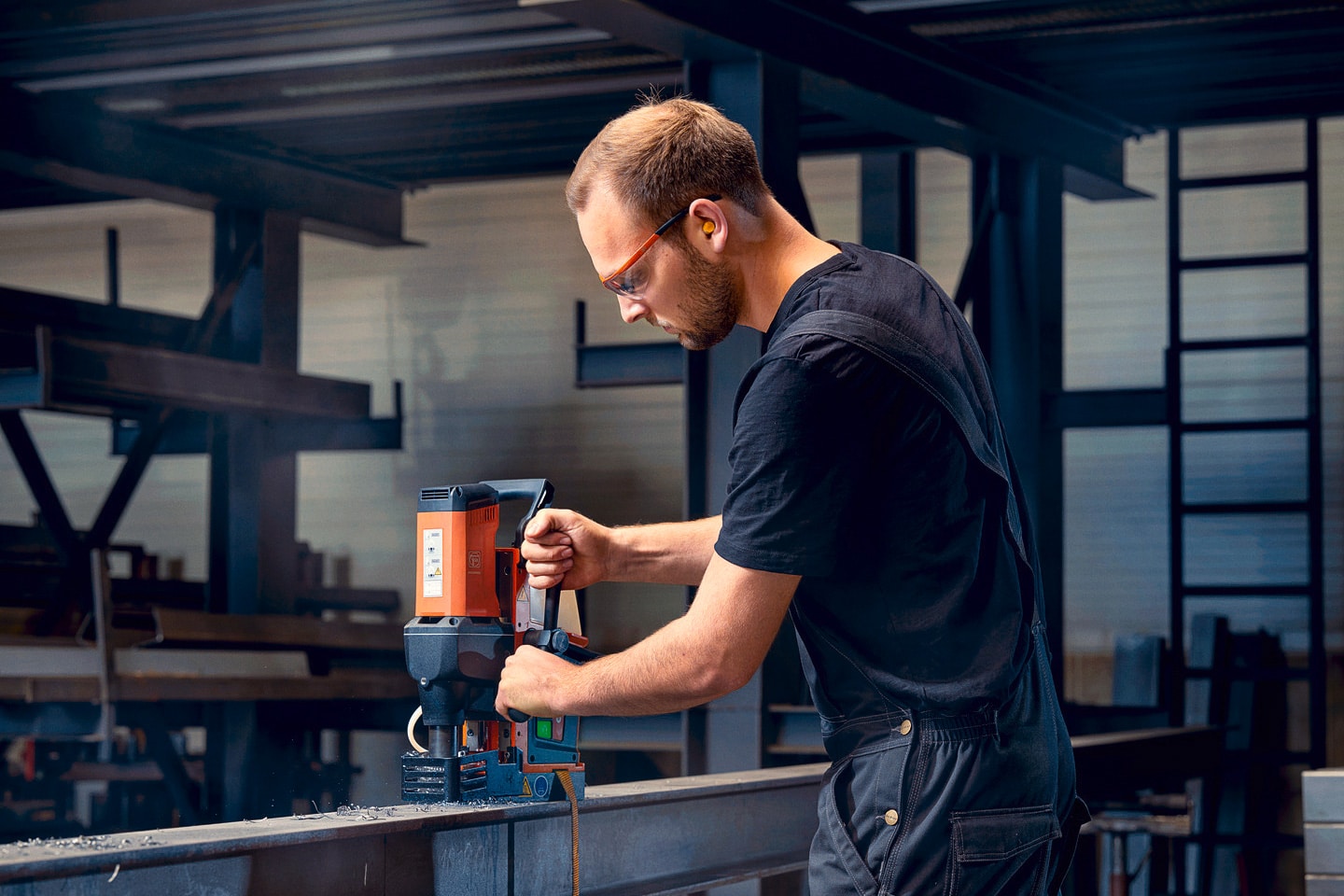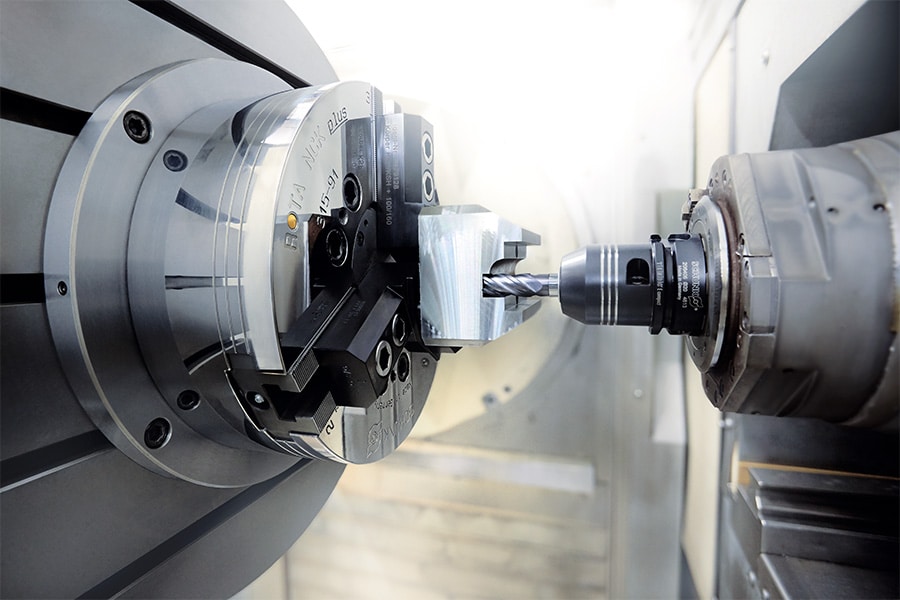Which prioritizes separating economic activity from the consumption of finite resources and developing ways to remove waste from our system of economic activity.
Although it is not the only aspect, recycling plays a crucial role in the circular economy by asking us how we use the earth's scarce and finite resources and what can be done to ensure that we get maximum value from these resources and use them to their full potential. Recycling plays an important role in achieving Seco Tools' ambitious goal of being 90% circular by 2030, with some broad changes in processes and business models leading the way. "It's a challenging goal, but we see it as very important to our company and our business," said Ted Forslund, Sustainability & Audit Coordinator at Seco Tools. "What's good for Seco Tools is that we already have very good recycling processes in place; so now it's about creating a good partnership with our customers so they understand the value of repurchasing tools so that it becomes a closed loop where nothing goes to waste."

Worldwide, only 8.6% of used resources are recycled, meaning more than 90% of everything is used once and then discarded. Because of the nature of Seco Tools' business, the company is in a strong position to change that paradigm by buying back tools that have reached the end of their productive life and recycling them or converting them into new tools. "If we buy back old materials more often and make customers understand the benefits, we can reduce climate impact because we don't have to use new materials and metals. It's a win-win situation in many ways," says Ted Forslund.
There is increasing awareness of environmental issues, and suppliers and customers are interested in initiatives that address them. "This has proved very positive for customers so far. They know that the tools we make with recycled materials are of the same high standard, and that there is no loss of quality. There is also now a market for buying back tools that have reached the end of their useful life, and that is also a positive factor. It's about being able to incorporate this into our business relationships in a positive way," Ted Forslund explains.
In a circular economy, recycling is very important, but it is also the last thing to go after reduce, repair and reuse. "This is an important part, but there are other aspects of the circular economy and we need to look at them all. One is the life cycle of our products. How can we design them to last a little longer and be recycled when they reach the end of their useful life? How can we produce them using renewable energy and sustainable supply chains? The essence of the circular economy is to preserve the value we have already created," said Ted Forslund.
Recycling helps minimize waste, but it is not the only way to do this. There is a wide range of areas that can be analyzed with a view to preventing the "leakage" of valuable resources - supply chain logistics, sorting, warehousing, risk management, energy generation and even molecular biology and polymer chemistry. Cost-effective and higher quality collection and handling systems and effective end-of-life product segmentation enable Seco Tools to support the economics of circular design.
One of the key challenges in addressing environmental and climate change issues is the enormity of the task, but Ted Forslund believes the Seco Tools goal of 90% is achievable around 2030. "It is essential to work with our suppliers and customers to address the global challenge. If we do, we can create more value with less waste within a safe operational space for our planet. This is another win-win situation," he concludes.
For more information on circular economy, contact your local Seco representative or go 2/3 to our sustainable business page at www.secotools.com.
Recycling is essential as Seco Tools sets an ambitious goal for a circular economy
Which prioritizes separating economic activity from the consumption of finite resources and developing ways to remove waste from our system of economic activity.
Although it is not the only aspect, recycling plays a crucial role in the circular economy by asking us how we use the earth's scarce and finite resources and what can be done to ensure that we get maximum value from these resources and use them to their full potential. Recycling plays an important role in achieving Seco Tools' ambitious goal of being 90% circular by 2030, with some broad changes in processes and business models leading the way. "It's a challenging goal, but we see it as very important to our company and our business," said Ted Forslund, Sustainability & Audit Coordinator at Seco Tools. "What's good for Seco Tools is that we already have very good recycling processes in place; so now it's about creating a good partnership with our customers so they understand the value of repurchasing tools so that it becomes a closed loop where nothing goes to waste."

Worldwide, only 8.6% of used resources are recycled, meaning more than 90% of everything is used once and then discarded. Because of the nature of Seco Tools' business, the company is in a strong position to change that paradigm by buying back tools that have reached the end of their productive life and recycling them or converting them into new tools. "If we buy back old materials more often and make customers understand the benefits, we can reduce climate impact because we don't have to use new materials and metals. It's a win-win situation in many ways," says Ted Forslund.
There is increasing awareness of environmental issues, and suppliers and customers are interested in initiatives that address them. "This has proved very positive for customers so far. They know that the tools we make with recycled materials are of the same high standard, and that there is no loss of quality. There is also now a market for buying back tools that have reached the end of their useful life, and that is also a positive factor. It's about being able to incorporate this into our business relationships in a positive way," Ted Forslund explains.
In a circular economy, recycling is very important, but it is also the last thing to go after reduce, repair and reuse. "This is an important part, but there are other aspects of the circular economy and we need to look at them all. One is the life cycle of our products. How can we design them to last a little longer and be recycled when they reach the end of their useful life? How can we produce them using renewable energy and sustainable supply chains? The essence of the circular economy is to preserve the value we have already created," said Ted Forslund.
Recycling helps minimize waste, but it is not the only way to do this. There is a wide range of areas that can be analyzed with a view to preventing the "leakage" of valuable resources - supply chain logistics, sorting, warehousing, risk management, energy generation and even molecular biology and polymer chemistry. Cost-effective and higher quality collection and handling systems and effective end-of-life product segmentation enable Seco Tools to support the economics of circular design.
One of the key challenges in addressing environmental and climate change issues is the enormity of the task, but Ted Forslund believes the Seco Tools goal of 90% is achievable around 2030. "It is essential to work with our suppliers and customers to address the global challenge. If we do, we can create more value with less waste within a safe operational space for our planet. This is another win-win situation," he concludes.
For more information on circular economy, contact your local Seco representative or go 2/3 to our sustainable business page at www.secotools.com.



